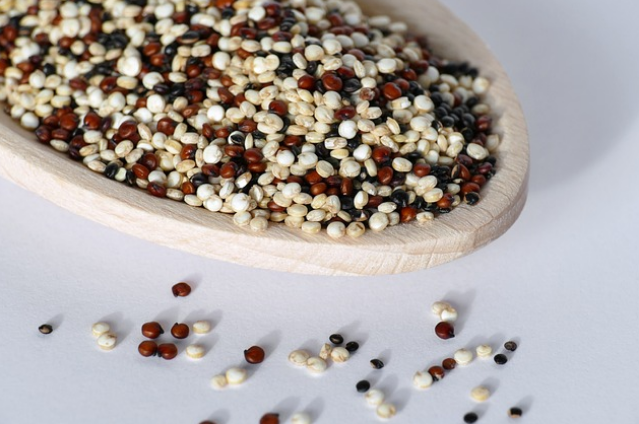
Image by Pictavio from Pixabay
Millet – a word that we would have often come across this year through newspapers or social media. Millet made it to headlines after UN declared 2023 as the ‘Millet Year’ with an objective to spread awareness and encourage its larger-scale production globally. Many Indian States also have started the 'Millet Mission ' this year, conducted many millet mela's, awareness campaign to revive millets on farms and plates. But have we ever wondered or considered the reason for the sudden millet hype? Didn’t Millets exist before?
Millets have been known since centuries and had always been in the staple of the Indian diet. They have been utilized and mentioned always throughout history; be it in Charak Samitha or Sushruta Samitha, in mythological books or ancient literatures, cultural beliefs or folklore. The transition of Indians from Satvik life to Modern lifestyles is the main reason millet lost its significance and progressively disappeared from the primary diet of Indians. India being the leader in the world's major millet production, fail to realize and reap all of its nutritional benefits even today.
Millets are small seeded, gluten-free, grains. These are rain-fed crops and can grow in dry terrain where moisture and soil fertility are at a minimum. For better understanding of grains,it can be broadly classified into three groups - Positive Grains, Neutral grains and Negative grains.
Positive grains comprise Five Millets:
- Foxtail Millet (Kangni) - The grain of foxtail is like a tail of Fox; hence the name foxtail. It has proven to be beneficial for lung health, Neurological and Respiratory problems. Foxtail Millet has 12.3 % protein which is the highest among all grains.
- Brown top Millet (Hari Kangni) - It contains 12.5 % Dietary fibre and is considered as ideal food for patient with Digestive Disorders.
- Kodo Millet (Kodra) - It is pinkish in colour. It is antibacterial , helps in blood purification, increases platelet counts ; thus, is excellent for boosting overall immune health.
- Little Millet (Kutki) - Helps in regularizing menstrual cycles in woman, improving reproductive health. It provides 16.6 mg of calcium.
- Banyard Millet (Sanwa) - It is effective in treating liver Disorders, reducing blood glucose and lipid levels. According to Dr. Khadar Vali (kown as Millet Man of India) ‘Positive Millets’ have the ability to treat chronic diseases.
Neutral Grains consists of - Pearl Millet (Bajra), Finger Millet (Ragi), Sorghum (Jowar), Proso millet (Barri) and Maize. Neutral Grains are all highly nutritious, low glycemic grains and help maintaining good health; however, they do not cure or treat any disease condition as Positive Grains.
Negative Grains consist of Wheat and Rice. Negative grains do not promote and improve health. They consist of Complex carbohydrates which are difficult to digest, are less satiating and rank lower on vitamins, minerals, and protein when compared to millets. Traditionally millets have been consumed as Porridge or Ambali. Whole wheat and rice-based foods can be easily replaced with millet flours and Millet rice. Fermentation changes the biochemical composition of millets resulting in increased bioavailability of amino acids and minerals. So, fermented millet ambali or drinks is said to be the ideal way to consume millets.
The high potent nutritional benefits of millets can clearly help us combat various commonly rising health disorders such as - Obesity, Diabetes, CVD, etc. Millets having therapeutic, low glycemic index, high fibre, B-vitamins, minerals, antioxidant and climate compliant properties are possible reasons for growing demand/ hype of millets and it being used as a potent nutraceutical . It is the lack of awareness and education around dietary choices that prevents us from utilizing the complete nutritional benefits of Millet-Our Gifted Superpowers.
